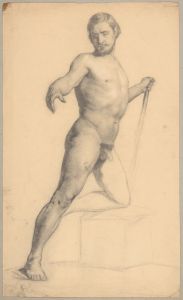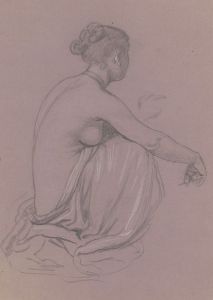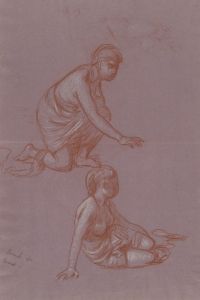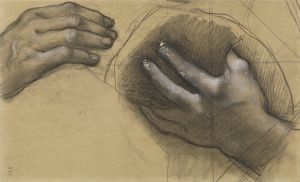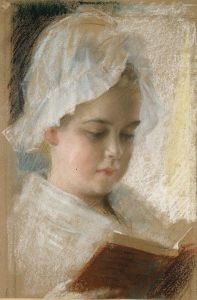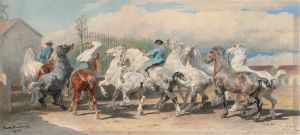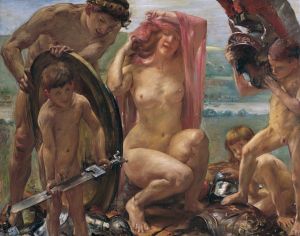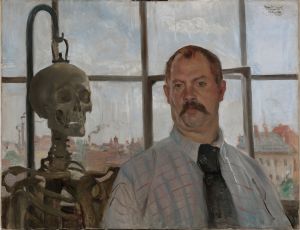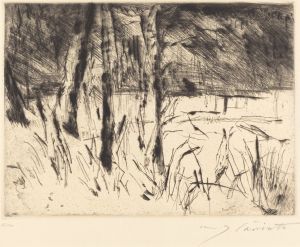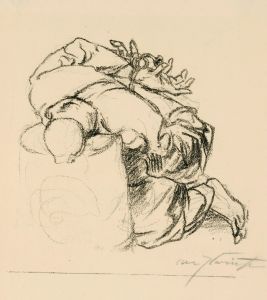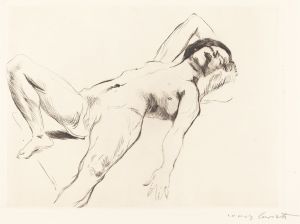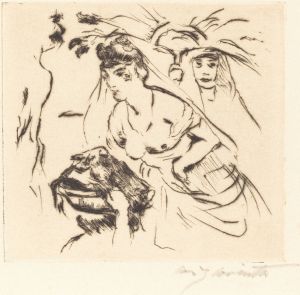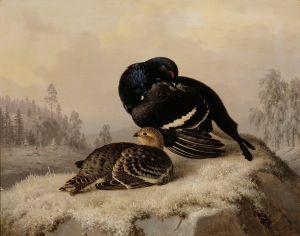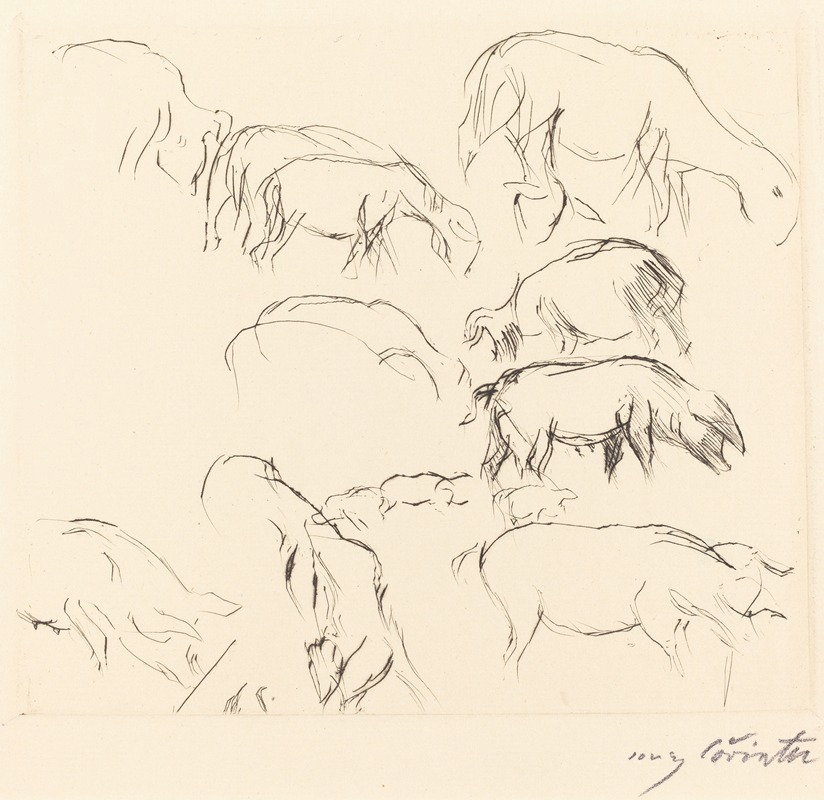
Animal Studies
A hand-painted replica of Lovis Corinth’s masterpiece Animal Studies, meticulously crafted by professional artists to capture the true essence of the original. Each piece is created with museum-quality canvas and rare mineral pigments, carefully painted by experienced artists with delicate brushstrokes and rich, layered colors to perfectly recreate the texture of the original artwork. Unlike machine-printed reproductions, this hand-painted version brings the painting to life, infused with the artist’s emotions and skill in every stroke. Whether for personal collection or home decoration, it instantly elevates the artistic atmosphere of any space.
Lovis Corinth was a German painter and printmaker whose work is associated with the transition from Impressionism to Expressionism in German art. One of his notable works is "Animal Studies," which showcases his skill in capturing the essence of his subjects through dynamic brushwork and a keen eye for detail.
"Animal Studies" is a series of artworks rather than a single painting, and it reflects Corinth's interest in the natural world and his ability to depict animals with both accuracy and artistic flair. Corinth was known for his versatility and his ability to work across various genres, including portraits, landscapes, and still lifes, but his animal studies hold a special place in his oeuvre due to their lively representation and the insight they provide into his artistic process.
In these studies, Corinth often focused on the anatomy and movement of animals, capturing their vitality and character. His approach was both scientific and expressive, as he aimed to understand the physical structure of his subjects while also conveying their spirit and energy. This dual focus is evident in the way he rendered the textures of fur and feathers, as well as in the dynamic poses he chose for his subjects.
Corinth's animal studies were likely influenced by his visits to zoos and natural history museums, where he could observe a variety of species up close. These experiences allowed him to gather reference material and sketch animals in different settings, which he later used as the basis for his more finished works. His keen observation skills and his ability to translate what he saw into expressive brushstrokes are hallmarks of his style.
The significance of Corinth's "Animal Studies" lies not only in their artistic merit but also in their contribution to the broader context of art history. During the late 19th and early 20th centuries, there was a growing interest in the natural world and a fascination with depicting animals in art. Corinth's work in this area reflects these trends and showcases his ability to blend traditional techniques with modern sensibilities.
Lovis Corinth's "Animal Studies" continue to be appreciated for their technical skill and their ability to capture the essence of the animal kingdom. They offer a glimpse into the artist's creative process and his dedication to exploring the natural world through art. While not as widely known as some of his other works, these studies remain an important part of his legacy and a testament to his talent as an observer and interpreter of life.





